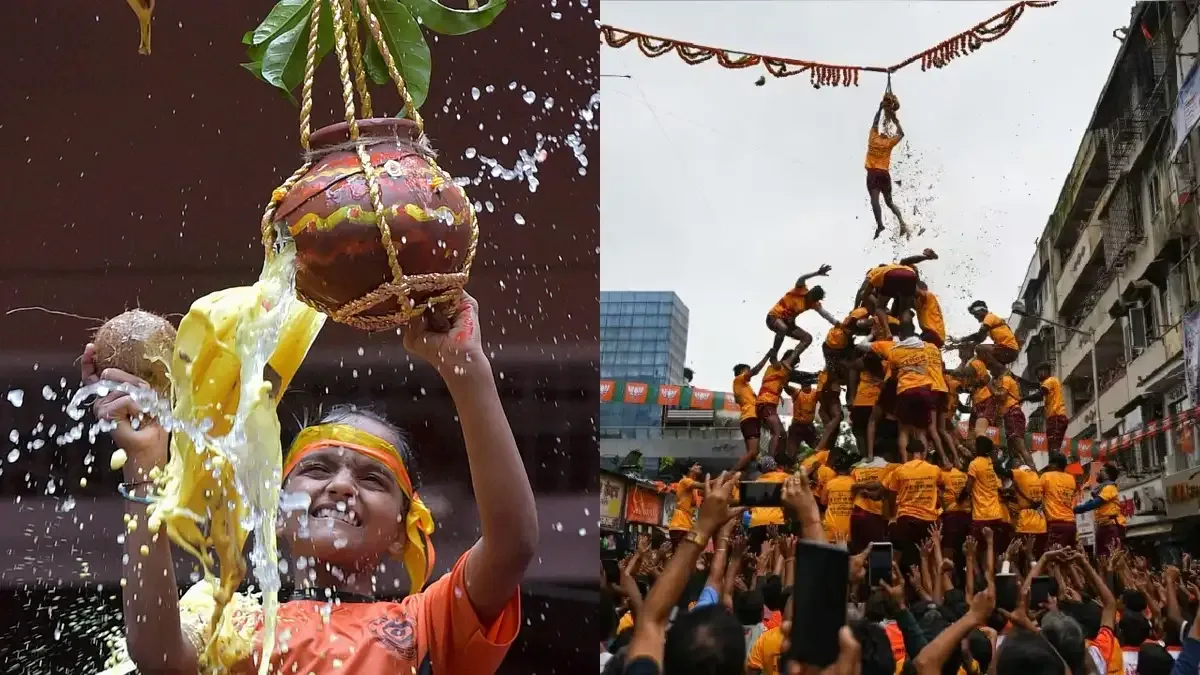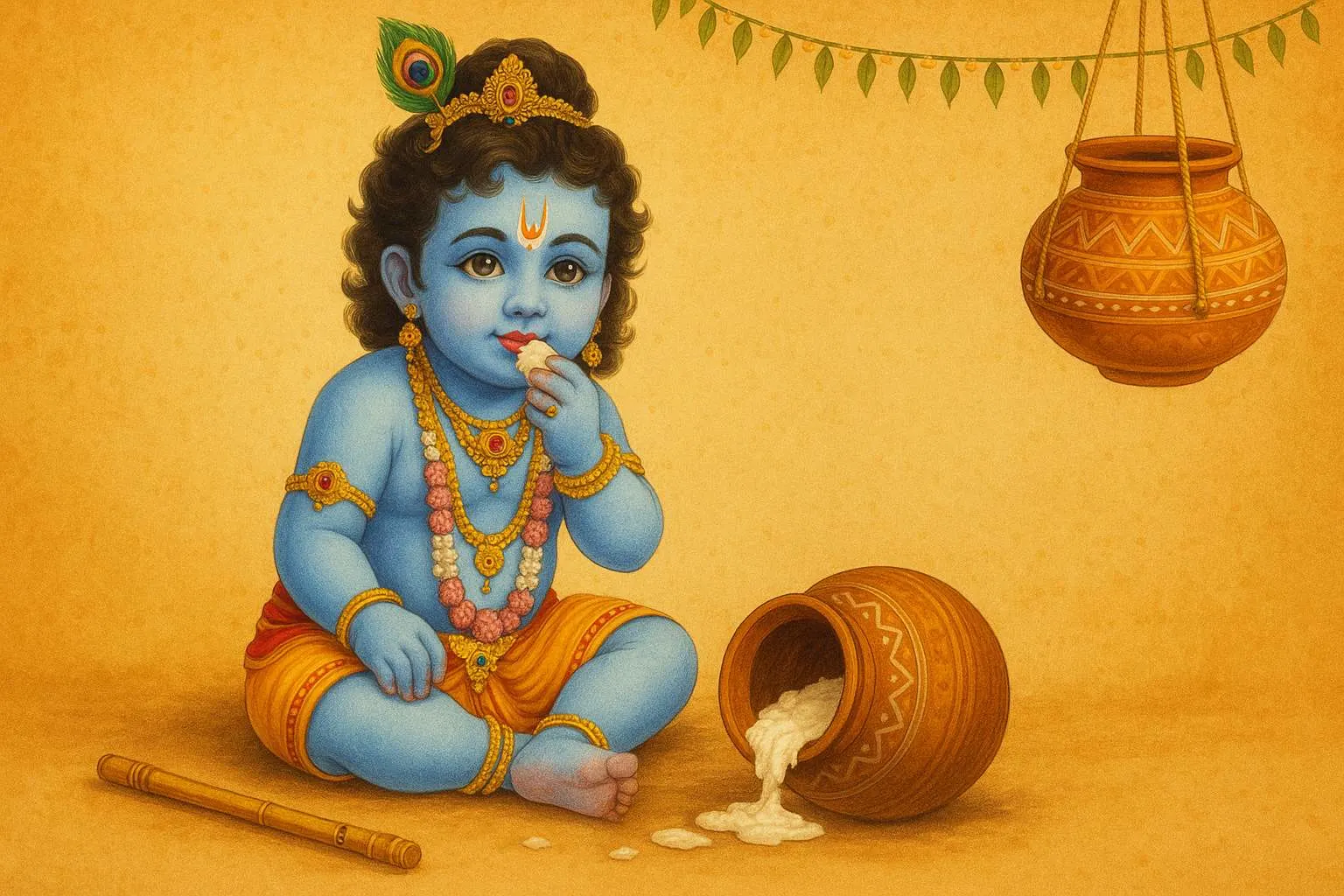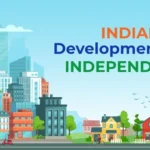Why Janmashtami is More Than a Festival
Each August or September, with the monsoon clouds aloft over the Indian sub-continent, millions of lamps come alive in homes and temples and the festival of Janmashtami is celebrated in honor of Lord Krishna’s birth. However, Janmashtami is more than just a festival; it is a living tradition to connect the mythic past to the transient present.
Krishna would never be satisfied with playing just one character as most of the deities in world history are. He is simultaneously the impish butter stealer (Makhanchor) of the childish folklore, the supernatural flute player of Vrindavan, the fierce charioteer of the battlefield of the Mahabharata, and the wise teacher who urged us in the Bhagavad Gita to action in every circumstance of our karmic lives. Such complexity helps to state that Janmashtami is not only a religious holiday much more than this, it is a socio-political, cultural, and spiritual point of reference that defines the yearly lull in Indian life and creates a national fantasy.
Historical Origins – Tracing Janmashtami’s Celebration Through Time
Early mention is made of the birth of Krishna in the Bhagavata Purana, Harivamsa and Mahabharata which contains the story of how Krishna was born like a cosmic drama in a prison cell as the eighth avatar of Vishnu to end the rule of the evil king Kansa.
A number of archaeological indications, such as seals in the Indus Valley showing a young god playing a flute, and early medieval temple inscriptions in Mathura and Dwarka, indicate that the cult of Krishna was practiced even earlier than the formation of the more organized accounts of Puranas.

In the Gupta period (4th to 6th century CE), The Janmashtami observances started to institutionalize temple celebrations having fasting, singing of devotion hymns and revival of episodes in the life of Krishna. The Bhakti movement (15th17th centuries) transformed the tone of the festival to an emotional and engaging experience of the masses through the leelas (divine play) of Krishna as saints like Surdas, Meera Bai and Chaitanya Mahaprabhu transformed it.
Political overtones were found in Janmashtami even in colonial India. Krishna is borne through royal patronage of Mathura kings, the rulers of Odisha, the Gajapati court as well as the Rajput courts of Rajasthan whose sponsorship of Krishnite deity consciousness continues to this day.
Krishna as a Symbol – Political, Cultural, and Social Dimensions
The political skills that Krishna exhibited in the Mahabharata are a treasure trove of leadership in the present day. The mastermind strategist that he was, he formed coalitions, negotiated truces, advised warriors, but never lost sight of what was right or wrong.
It is this two-fold image: that of the mirthful Makhanchor and that of the play deathly Parthasarathi (charioteer of Arjuna) which makes him quite a person of reverence. The renowned shloka in the Gita about Yada Yada Hi Dharmasya (Whenever there is a decline of righteousness…), was an inspiration to freedom fighters in the colonial period. I make myself present” (I make myself felt), to move defiance against colonial domination.
In 2013, political leaders increasingly pervade Janmashtami celebrations, whether it be midnight puja in Mathura or Dahi Handi in Mumbai, with the depictions of Krishna used to represent authenticity but also mass appeal.
Janmashtami’s Regional Diversity – A Pan-Indian Celebration
North India (Mathura, Vrindavan, Delhi)
Janmashtami is here celebrated in majesty: the temples rebuild the prison cell in which Krishna was born, and the faithful fast till midnight; Ras Leela plays dramatise his youth. The ISKCON temple at Vrindavan attracts lakhs of followers to India and overseas.
Western India (Maharashtra, Gujarat, Rajasthan)
The most noticeable one here is Dahi Handi which is where people form human pyramids in a bid to smash on a pot of curd dangling up high and above the streets. It used to be a local sport but it has today become a corporate sponsored event, where teams battle it out to win lakhs of dollars in prize money.
Eastern India (Odisha, West Bengal, Assam)
Janmashtami is also celebrated in Odisha, as Nandotsav, the day after the birth of Krishna. The festival is also incorporated with the tradition of Jagannath particularly at Puri, where Krishna is regarded as Jagannath – the Lord of Universe.
South India (Tamil Nadu, Andhra Pradesh, Karnataka, Kerala)
In this case, households adorn their foyers with tiny imprints representing the visit of baby Krishna. Uriyadi games played in Tamil Nadu with the same pattern as Dahi Handi and Carnatic music concerts focused on Krishna bhajans characterize the day.

Manipur, North-East India
The Manipur Vaishnavism is a fusion of Krishna worship with native dance. The Ras Lila of here is a UNESCO cultural asset.
Beyond the Ritual – Philosophical Depth of Janmashtami
The midnight birth of Krishna is not just a cute fairy tale that went through a commercial restaurant vending process; that story is an allegory, not a one-dimensional allusion of spirituality. Coming into the world of darkness inside the prison of Mathura, Krishna represents an atrocious birth of the divine consciousness amidst the suffering of mankind. The moment is a metaphor without time elements of light versus darkness, of hope in abyss, of truth overcoming tyranny.
The scene of Vasudeva with the baby Krishna when he is crossing across the raging Yamuna is symbolic as well. The river symbolizes the troubled mind, the storm, the hardships of life, and the calm but steady pace of Vasudeva, the unshakable belief required to safeguard one in his or her higher mission. This is the pilgrimage of the soul to the followers, and even in a dangerous path to carry the flame of divinity within the heart.
The life of Krishna is the chart of human development. His childhood japes are instructive in gaiety and investigation; his love-play with the gopis, in the desire of a damned soul to identify itself with the divine; his statesmanship and guide in the Mahabharata, in the text of ethical thinking in the most knotty of cases.
The Bhagavad Gita, his final word at the verge of the great war, can be regarded as the most universal present of Krishna to humanity. Karma yoga (selfless action), jnana yoga (knowledge), and bhakti yoga (devotion, his focus on these types of yoga, gives it a full life view. A modern day full of burnout, the moral dilemma under pressure, and the purpose of those in pain, Krishna’s words — “You have the right to perform your duty, but not to the fruits of action” — are a masterclass in detachment, discipline, and clarity.
Janmashtami in the Age of Globalisation and Social Media
Whereas previously the songs of Janmashtami used to be heard by people on the temple courtyards and village squares, now they are being echoed over continents. The International society of Krishna Consciousness (ISKCON) has changed the festival into a worldwide event. Whether in the streets of Fifth Avenue (New York) or the Trafalgar Square (London), they take out processions proclaiming Krishna in kirtans, which demonstrates that devotion is faster than national boundaries.
This reach has gotten bigger due to social media. Devotional services are video broadcasted on platforms such as Instagram and YouTube in Mathura to give people in Sydney and San Francisco the chance to attend aarthi in the middle of the night. Such hashtags as the #KrishnaJanmashtami and the #Nandotsav are used annually and incorporate a combination of modernity and antiquity. It has become normal to have online bhajan marathons, digital retelling of leelas about Krishna and Zoom satsangs conducted to the diaspora populations.
But this globalization does not arrive free of tensions. There is a danger of excessive commercialization of the festival, critics advise. Locally crafted clay statues have been replaced by luxurious gold-plated figures; temple courtyards are adorned with synthetics; political leaders take Janmashtami stages as a photo-opportunity. The difficult part is that one would not want the spiritual essence, the joy, playfulness and wisdom of Krishna to be sacrificed in the name of spectacle.
Janmashtami and the Indian Economy
Although it is a religiously focused festival, the economic impact of Janmashtami is considerable. About a month before the festival, artisans in West Bengal and in Uttar Pradesh are busily crafting finely-detailed clay images of baby Krishna day and night. Maharashtran potters make thousands of earthen handis and florists are celebrating heavy sales of decorations in temples and homes.
There is a seasonal boom in the dairy industry since milk, curd, and butter are in high need during offerings and feasts. In Mathura-Vrindavan, Janmashtami is a tourism bonanza – hotels are fully booked, locals offer additional transport services, local street peddlers get brisk business selling anything linked to Krishna in the form of peacock-feather crowns, flute keychains, etc.
This is the time of the artisanal trade, and Pichwai paintings of Rajashtanti that show the life of Krishna, Banarasi textiles with lotus patterns and silver jewelry in flute patterns are in demand. To most of the artisans on a small scale, this season profit will keep them in months.
Janmashtami as a Social Equaliser
There was no order of love in Krishna`s world-his friends were princes and cow herds, scholars and riff-raff. Such inclusivity continues to be one of the marks of Janmashtami celebrations.
The food distributed in community kitchens (bhandaras) feeds thousands of people, often in the distillation of caste, creed and social status. Gender and ability stereotypes are also being overcome as Dahi Handi teams in urban India now have participants of both genders and those with differing abilities. In villages, temple committees make sure that the celebrations also reach those who cannot afford; offering prasad, clothes and education aids.
The message of social unity of Janmashtami is especially topical in the modern fragmented world. Krishna dancing in the circle in which every person is welcome gives a reminder that people should enjoy and have a right to belong.
The Environmental Angle
Janmashtami is responding to environmental awareness. They are resorting to ecologically less harmful clay idols, natural colors to decorate them and plastic-free garlands of flowers. Other communities hold tree-planting campaigns under his name, associating his affinity with nature with climate change.
A common understanding of the role of Krishna as Govardhan protector (carrying a mountain to save villagers against deadly rains) appears as an exercise of environmental protection. The fact that he treats cows with compassion relates easily to current animal welfare movements, which encourage people to treat cows humanely and through the sustainable crop farming method of dairy farming.
The moribund morality of Janmashtami, in a climate crisis; these green interpretations of the festival give it a revived moral charge.

Janmashtami 2047 – The Future of the Festival
As India approaches its centennial anniversary of independence, 2047 must be the year that Janmashtami is celebrated in some manners impossible to imagine today. AI-enhanced Ras Leelas could be performed to thrill templegoers and view simulated versions of the life of Krishna. 3D holograms might allow Mathura to visit them in the virtual sanctum inside their Tokyo or Toronto flat.
But the challenge will not be, at core, technological, it will be spiritual. Devotion will be fostered not on screens, but with what? It will be the role of family members, teachers, and community leaders to make sure that birth of Krishna will be an awakening experience, rather than a virtual show.
The essence of Janmashtami should not be changed because it was and always will be the time when human hearts turn their eyes to the eternal, no matter the instruments of celebration may change.
The Eternal Birth of Krishna
Janmashtami does not celebrate one night in Dwapara Yuga, but an invitation to become awakened, to call forth the Krishna within. It is a festival at which history is mingled with philosophy and music and art and politics–where the gaiety of stealing butter has a place beside the solemnity of council in the field.
The Janmashtami is a common tongue among the vast diversity of India. The language of devotion, playing, moral courage. It tells us that Krishna is not only born in the prison of Mathura, but whenever one decides to be born in the light, rather than the darkness, hope not fear and love instead of division.
And thus and thus and then after and again year after year as the conch shells are blown at midnight and the bells rung together at once Krishna’s eternal birth goes on – not in the past, but in the perpetually renewed present.









